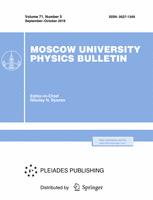В работе представлены результаты оптических исследований высокоскоростных струй жидкости, истекающих из струеформирующего сопла при давлении 400 МПа. Целью работы является получение новой информации о течении двухфазной среды при экстремальных условиях, а также анализ возможности оптимизации конструкции устройства. Рассматривается процесс выхода высокоскоростной струи жидкости из фокусирующей трубки установки гидроабразивной резки Flow WaterJet Mach3, ее развитие и стационарное течение. Теневым методом исследовались начальная стадия выхода головной части струи из сопла, а также динамика движения лидера струи в течение первых 200-400 мкс после открытия клапана при рабочем давлении насоса 400 МПа. Для изучения процесса формирования струи проведена съемка высокоскоростной камерой Photron FASTCAM SA5, обеспечивающей временное разрешение съемки до 1 000 000 кадров в секунду с экспозицией 1 мкс, и тепловизором FLIR SC7000, обеспечивающим временное разрешение съемки до 400 кадров в секунду с экспозицией 1 мс. Измерены пространственно-временные характеристики струи, выходящей из фокусирующей трубки. В результате цифровой обработки серий изображений струи измерены скорость и ускорение головной части струи в стартовом процессе.
47.27.nf Flows in pipes and nozzles
47.27.wg Turbulent jets
Московский государственный университет имени М. В. Ломоносова, физический факультет, кафедра молекулярных процессов и экстремальных состояний вещества. Россия, 119991, Москва, Ленинские горы, д. 1, стр. 2.



